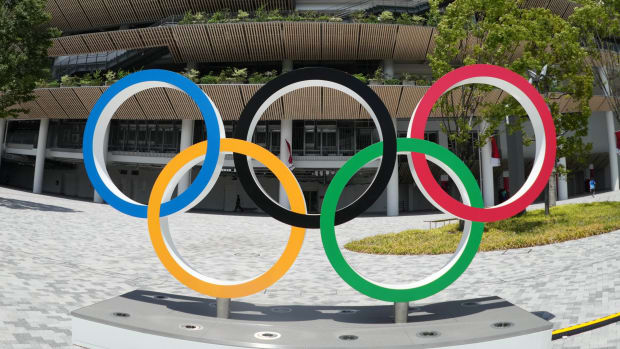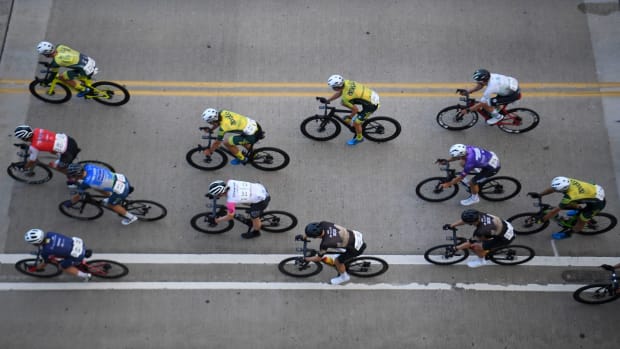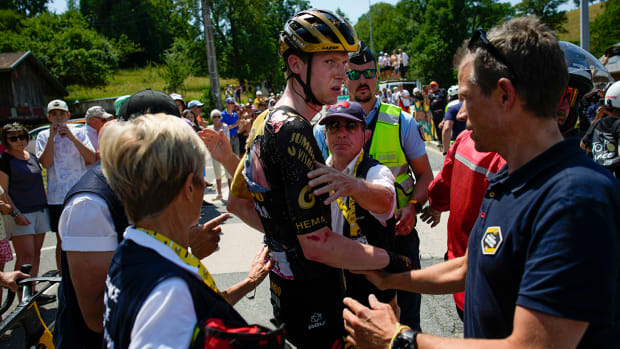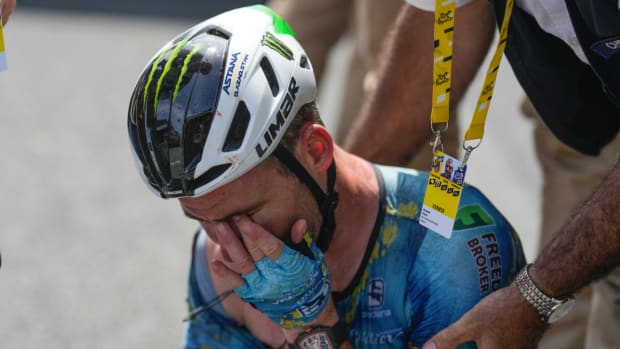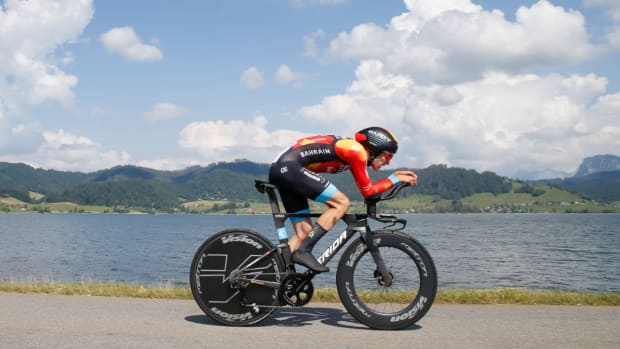The Miller School opens doors for high school cycling
Peter Hufnagel remembers the night his dream became a reality.
It was 2010, and the cross country coach for The Miller School of Albemarle was walking down a hallway when he ran into his athletic director. They got to talking about endurance sports, and their conversation slowly drifted to top-level cycling.
''So I stayed up one night and wrote a small proposal of what I envisioned a cycling program could be, and we went to our headmaster with it,'' Hufnagel recalled. ''I thought they'd come back and say, `Aw, stop dreaming.' But they came back and said, `Great! Let's do it.'''
Hufnagel's quintessential high school all-nighter had manifested something unique: At the foot of the picturesque Blue Ridge Mountains of Virginia, he had just established a program - believed to be the first of its kind - that aims to give aspiring endurance athletes from around the world an opportunity to train at the highest level without sacrificing academics.
How high? Five years later, two of the school's student-athletes will compete for Brazil next month in the road cycling world championships in nearby Richmond, Virginia.
''We've got 22 kids now, all really elite racers,'' Hufnagel said, ''and it really started with humble origins. But in my mind, the plan was always to create something really special.''
Starting a cycling program may sound simple. Roads for training and racing are essentially free, and off-road trails for mountain biking can be built with simple sweat equity.
Hufnagel had far grander plans, though.
He wanted facilities to maintain bikes and for indoor training, so he worked tirelessly to convert a building on campus into a state-of-the-art bike room. He and his wife, professional cyclist Andrea Dvorak, recruited former cyclist Andy Guptill to serve as the coach. And the three of them began landing sponsorships and forging partnerships with a variety of companies to help cover the overhead and supply proper equipment.
They enlisted some cross country runners and inquisitive amateur cyclists to comprise the initial class, and established a curriculum that encompasses road racing and mountain biking.
''I don't know of any other school that does it like we do,'' Guptill said, ''where the training aspect is built around the academic day. It's really taking it to the next level.''
You see, competitive cycling is unlike high school football or basketball, where a 2-hour practice after the school day suffices. Training rides often take five or six hours, and those in the program regularly log 30 or more hours per week on the bike.
Then there is the travel. Top riders might spend weeks at a time racing in Europe, where cycling is second only to soccer in terms of popularity. Other riders fan out across the U.S. to compete in road and mountain bike races, often against adults.
That's why it was vital that faculty members of the boarding school, founded in 1878, were willing to work with the athletes and their demanding schedules.
''I wish I'd have found the sport earlier,'' said Dvorak, who was a competitive swimmer in high school swimmer before becoming one of the nation's top road cyclists.
''We're proving you don't have to do soccer or volleyball, where a lot of kids don't make the team - they get cut, sit the bench,'' she explained. ''Our slogan is, `Every kid plays every second of every game.' Everyone has their own challenge within the race.''
The program's best riders - like the Brazilian duo of Marcio Oliveria and Pedro Martins - are good enough to compete at the world championships. Other riders might struggle to stick with the pack in elite races. Still others are content racing just for fun. But all receive the same kind of elite coaching, and an opportunity they likely would not have at a traditional high school.
The school's athletes often compete in USA Cycling races, which are open to amateur riders regardless of age. But they also compete in the Virginia High School Mountain Bike Series, which Hufnagel helped found and which has grown to about 200 riders on more than a dozen teams.
''One of our big questions is, `How do you get kids involved?''' said USA Cycling vice president Jim Miller, who coordinates the U.S. world championship and Olympic teams.
''With passionate guys like Andy and Peter, anything is possible,'' he said. ''And that's what it really takes. These guys didn't start with $100,000 to go build a program. They started off with an idea that Peter wanted to pursue. They wanted to make cycling cool.''
Or at least make it accepted.
Boys might be ridiculed for shaving their legs for an aerodynamic advantage at traditional high schools, but nobody raises an eyebrow at The Miller School of Albemarle. In fact, in much the same way a star quarterback or point guard is revered at high schools across the country, the riders at the school are respected and admired by their peers.
''That's what makes it such a special school,'' Hufnagel said. ''It's not uncommon to see a mountain biker take a basketball player out on the trails on the weekend.''
Then leave the basketball player huffing and puffing behind.
The school is already producing results, too. Some of its first riders, such as Jake King, have signed with professional teams. Others have moved on to the growing number of colleges and universities that sponsor varsity cycling programs.
In some ways, it has become a catalyst for a growing interscholastic cycling scene.
''Before we came around, kids had a decision to make: `Do I continue pursuing school and keep that door open, or put that on the back shelf so I can train at the highest level?' We've sort of removed that barrier,'' Hufnagel said. ''Not everyone is going to go pro, but with their GPAs and the courses they're taking, our kids have some great opportunities.''
